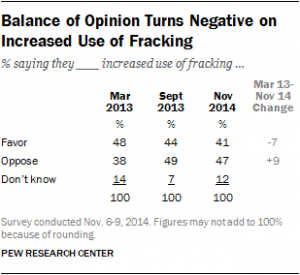SEMA in review: Ingenuity rules, but fuel choice still missing
Our friend John Brackett, one of the stars of the Fuel Freedom-produced PUMP, attended the giant SEMA (Specialty Equipment Market Association) expo in Las Vegas last week.
What he found was the usual mind-blowing parade: thousands upon thousands of amazing, tricked-out vehicles. And of course ingenious technology, the product of some of the most intelligent minds who are in the business of making after-market car components.
What he found lacking, though, was fuel choice.
Here’s his report:
SEMA Exhibitors have solutions ready:
Fuel component manufacturers made it clear that dealing with ethanol and methanol fuels would be easy on their end. Companies that alter a car’s software said it’d be no problem running several fuels with their devices or programs. The car makers have put fuel choice into vehicles for a century with tens of millions already on the road. Every vehicle sold since the Oil Embargo[hyperlink to wiki Oil Embargo] should have had fuel choice. For the last quarter century, we’ve been able to update a car’s software to adjust to different fuels with no additional parts. There is no reason we can’t run on performance fuels right now.
American “Enginuity” is alive:
No two vehicles looked the same, and everyone had a different interpretation of their ideal driving experience. Even with such ingenuity, what 98.6 percent of the vehicles had in common was no fuel choice. I saw V8 engines installed in series, radial airplane engines, super-turbocharged cars, an ice cream-making Kia Soul, a wagon that unfolds into a beer stand, and a 3D-printed car. With so many options, what is holding us back from fuel choice?
Dollars per horsepower matters:
One could easily double, if not sextuple, the cost of a vehicle with some of the solutions at SEMA. Yet those solutions wouldn’t be displayed if there weren’t a demand. These companies spend millions of dollars to develop some very unique solutions for the aftermarket vehicle enthusiasts. Dollar for dollar, using ethanol or methanol over gasoline gives one a more powerful and exciting driving experience. On a naturally aspirated vehicle, adding 5-10 percent horsepower with an aftermarket intake and exhaust system will cost darn near $1,000. Why not choose a fuel that gives you that same power gain and costs 25-40 percent less to drive on?
Now watch Bracket’s video, and see how many incredible vehicles you can name:


